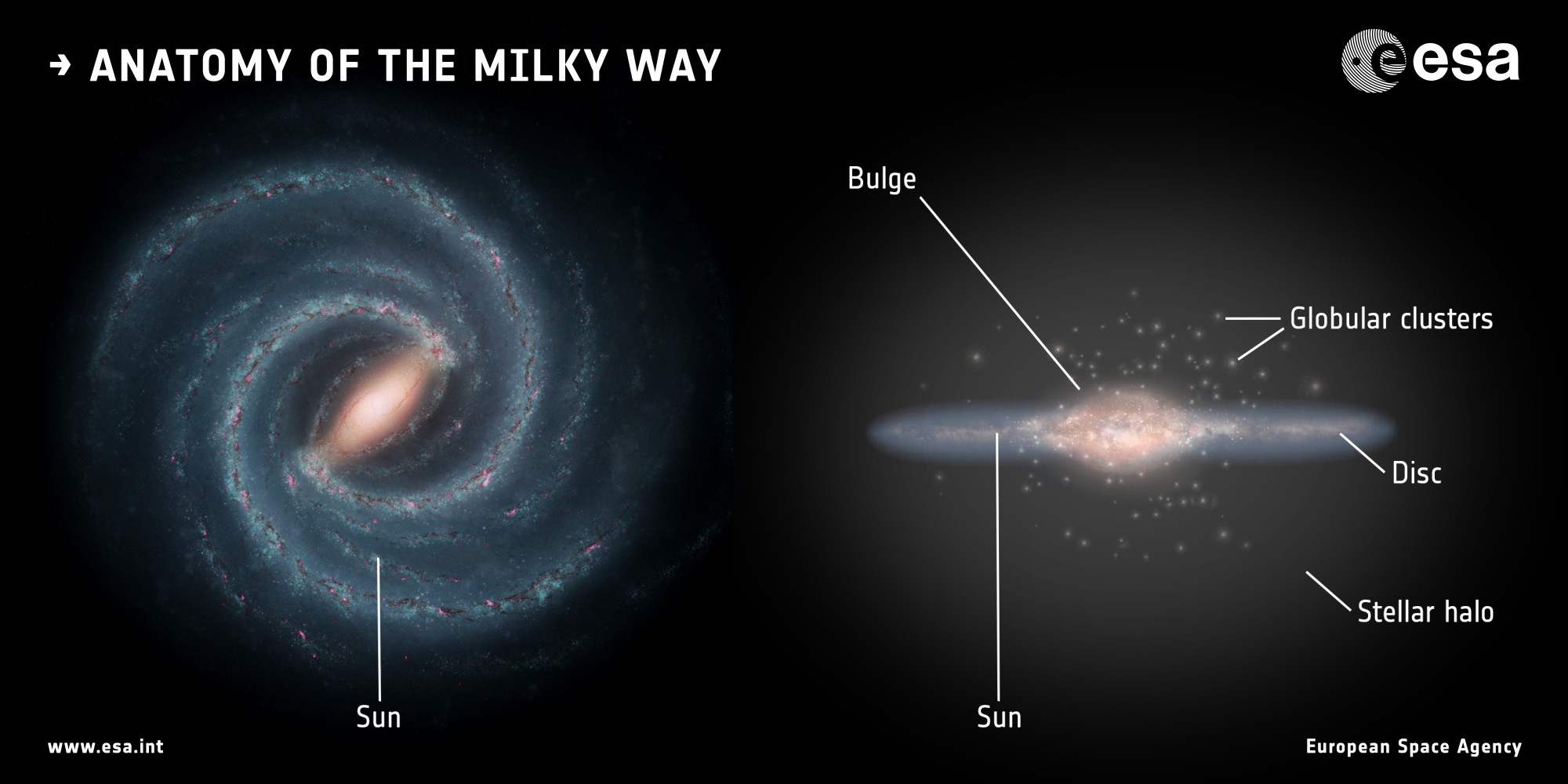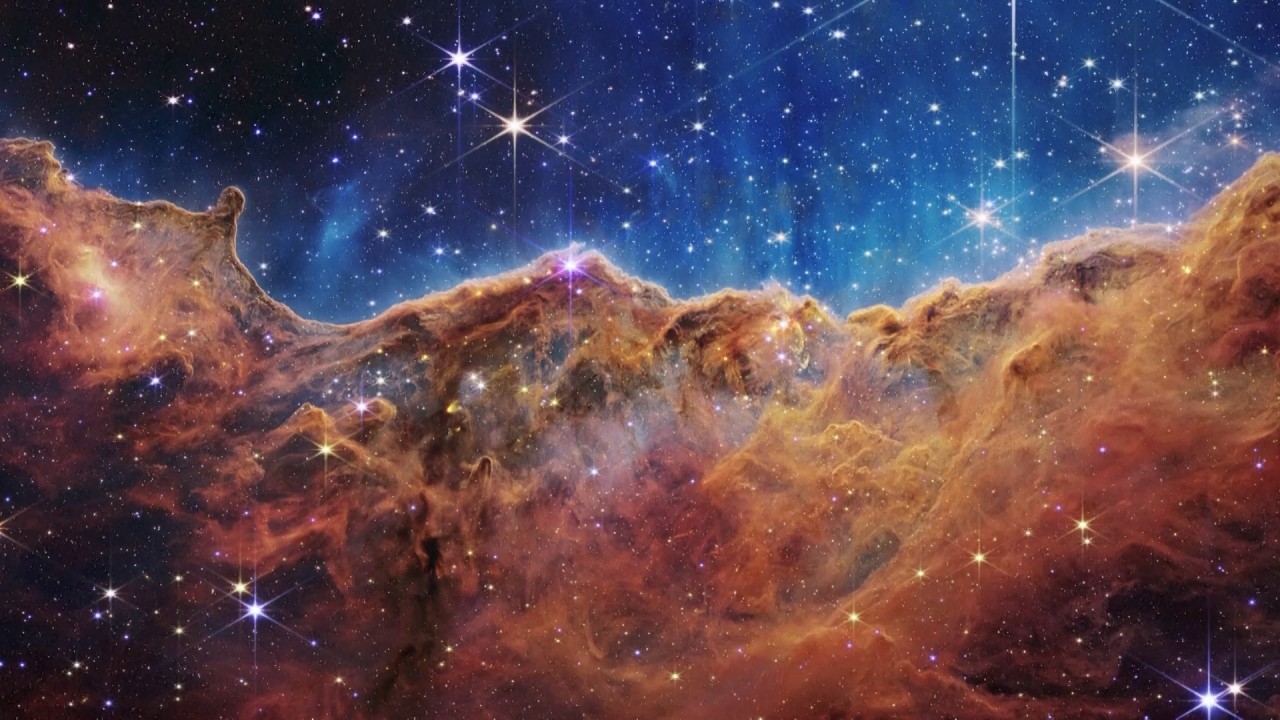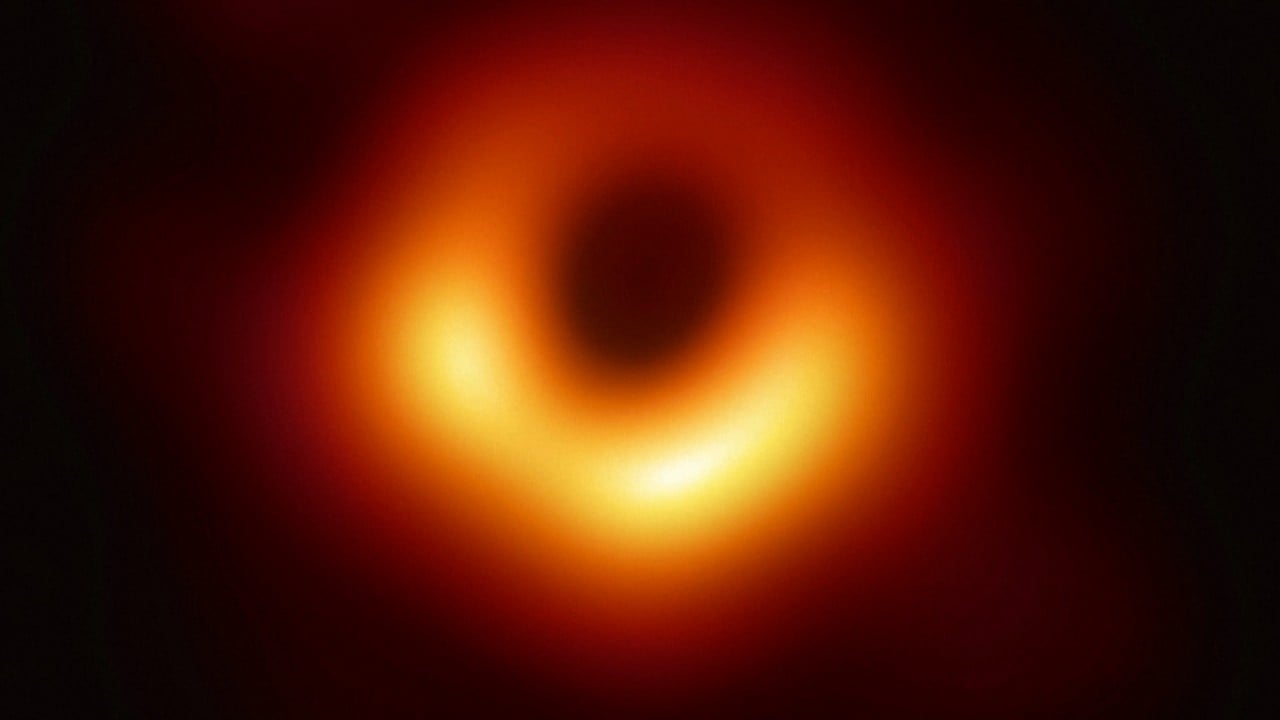
How much dark matter is in the Milky Way? Maybe less than we thought, China-led study finds
- Researchers say their study of halo stars suggests the galaxy might not have as much mass as previously thought
- Understanding mass means understanding a galaxy’s matter, energy composition and dynamics
Researchers from China and Australia concluded that the Milky Way weighs about 550 billion times the mass of the sun, or half of the average amount calculated by other teams, according to a paper in the peer-reviewed journal Monthly Notices of the Royal Astronomical Society earlier this month.
US scientist Sarah Bird, the study’s lead author from the China Three Gorges University in Yichang, said the result suggested the galaxy might be slimmer than thought.
It also indicated that there could be much less of the invisible but gravitationally bound dark matter in the Milky Way than originally estimated, she said.
The Milky Way resembles a spinning pinwheel, with a bulge at the centre and a radiating spiral disk of gas, dust and hundreds of billions of stars. Our solar system lies about halfway from the galactic centre to the visible edge.
Mass is essential to understand a galaxy’s matter, energy composition and dynamics, but the Milky Way is difficult to measure from within.
It is also made up of dark matter, which does not absorb or reflect light but is thought to make up nearly 90 per cent of matter in the universe.
Bird said that by observing various objects, including stars speeding through the Milky Way and satellite galaxies, scientists had estimated the Milky Way’s total mass to be between 500 billion and 2.5 trillion solar masses, with an average of around 1 trillion.
But by studying ancient “halo stars” orbiting within the Milky Way’s halo cloud, Bird and her colleagues estimated the mass could be about half that.
The team, which included researchers from Australia’s Swinburne University of Technology, picked 16,000 halo stars identified by China’s Large Sky Area Multi-Object Fibre Spectroscopic Telescope (LAMOST) and Europe’s Gaia satellite.
They then used two separate methods to calculate the mass of the galaxy based on data on the three-dimensional velocities and distribution of the halo stars. Both approaches pointed to the result of about 550 million times the mass of the sun.
The work also involved researches from the National Astronomical Observatories under the Chinese Academy of Science and Shanghai Jiao Tong University.

LAMOST, a telescope near Beijing, has measured the spectra of more than 10 million Milky Way stars since 2008. Its massive data set complements Gaia, which yields highly accurate information on the velocity of stars in and outside the galaxy.
Bird said she could handle the data of such a large number of stars just with her laptop and the computer language Python – “even from the comfort of my couch”.
If the Milky Way did have a smaller mass it was possible that satellite galaxies, such as the Small Magellanic Cloud and the Large Magellanic Cloud, might be passing by – rather than orbiting – the Milky Way due to a weaker binding force.
Bird said she looked forward to using China’s planned Xuntian telescope to study halo stars in other galaxies.
Xuntian is a Hubble-class space telescope with 300 times Hubble’s field of view, capable of seeing more distant, old halo stars. It is expected to be launched on 2024.



